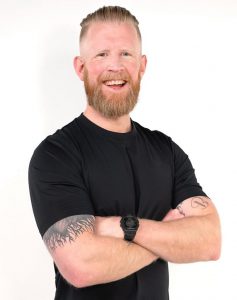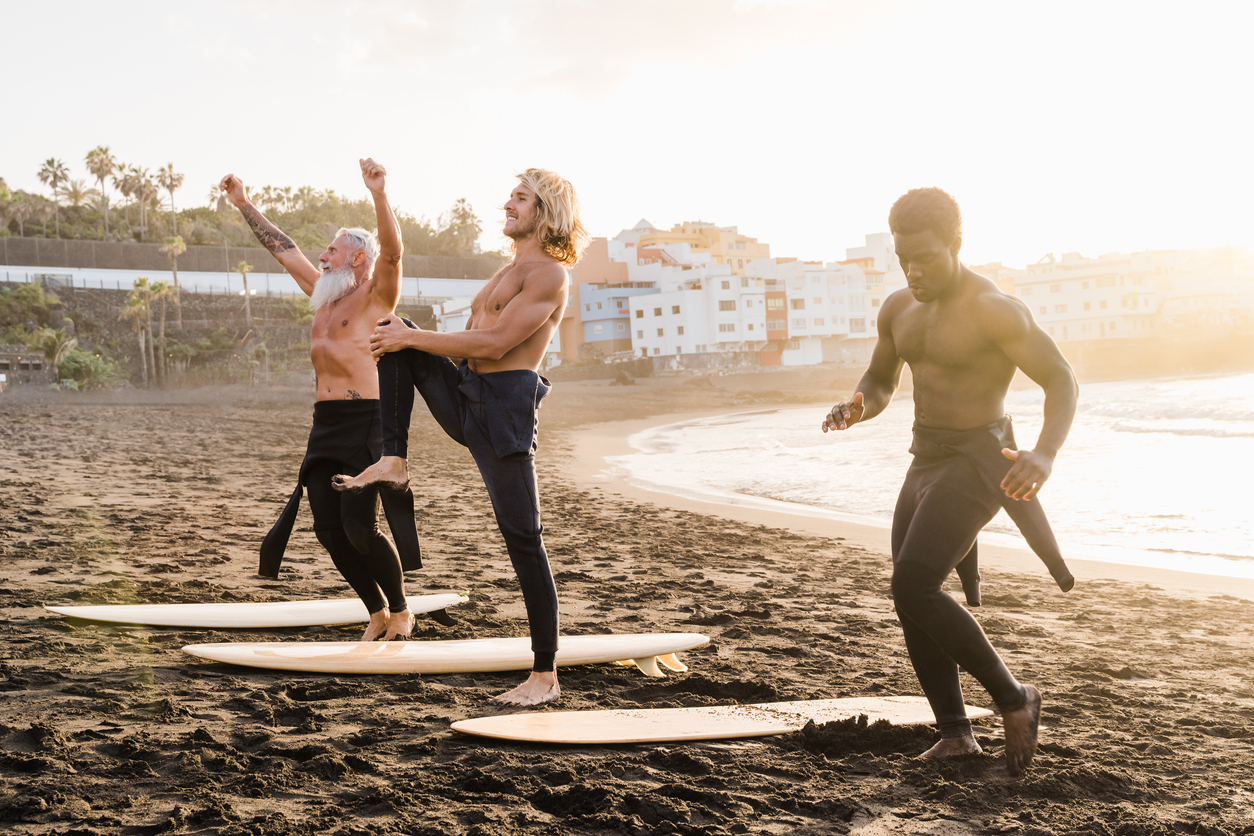Aaron Barnett unpicks the complexities of balance and looks at balance as a functional goal.
What is balance?
Balance is defined as “putting something in a steady position so that it does not fall” (Oxford Languages) and balance has traditionally been studied and trained with stillness in mind. However, as we observe everyday life or sport, we begin to understand that human balance is anything but trying to remain still. The Gray Institute defines functional balance as “successfully displacing one’s centre of gravity for the purpose of returning back to where one started or to transfer into another direction”. If we put this into real-life context, this means kicking a ball without falling over, taking a jog through the woods without a face full of mud or simply walking down stairs with confidence. “Life is like riding a bicycle. To keep your balance, you must keep moving,” said Albert Einstein.
Balance must therefore be analysed and trained as a combination of movement-based mobility and stability. Stability without mobility would have us back at the beginning, still and rigid. And mobility without stability would have us prone to injury.
Let’s take an example from a structure other than the human body and look at modern buildings that are built upon the Earth’s fault lines. Buildings that are built to withstand the uncertainty of earthquakes are built in such a way as to not stand rigid, but to receive, transfer and dissipate the energy and movement of a quake through the structure, allowing the building to move without cracking, crumbling or toppling. It’s the ultimate model of what we know as tensegrity and of balance (mobility and stability).
More balance = more ability to train and gain strength, fulfil functional flexibility and put the yards into endurance with decreased risk of injury
How does it work?
We understand that much of our balance is subconscious and reactive in nature. When we put our hand on a hot oven-top, we do not have time to think about the pain and process it. We just react and return our hand to safety with minimal risk or damage. The same goes for balance. When we fall, we do not have time to think. If we did, we’d see people strewn across the floor all of the time.
So, what is the subconscious sequence that allows our systems of the body to work together and keep us safe and performing well?
The sequence goes:
- Motion is created by drivers (wanting to cross a road) and physical forces (gravity and GRF, mass and momentum).
- Initiating the task lengthens muscles and fascia, which turns on our proprioceptors (taking that first step, making contact with the ground).
- Proprioceptors activate muscles (different speeds, ranges of motion, joint directions wake up different proprioceptors).
- Muscles decelerate the loading, storing useful energy (like pulling on an elastic band).
- That energy is then released (like letting go of a stretched elastic band).
- Reversing the muscle action (from eccentric loading to concentric exploding) returns us to our desired ‘base’ position.
Functional balance spectrum
Looking at balance as a functional goal, we should begin by considering the programming principles below:
- Moving at a variety of speeds or with short bursts of stillness combined
- Performing balance training in natural environments, with natural body positions, at a variety of levels – floor/standing/transitional
- Moving specifically related to joint motions, muscle functions or desired goals and tasks (tasks move joints, which turns on muscles that provide balance)
- Moving in 3D/360⁰
- From being additionally supported to unsupported
- From unloaded to loaded
Balance programming applied
As fitness professionals, we always believe in starting at a point of success and then, through smart programming and challenges, building upon this to ensure our community and clients achieve their goals safely and swiftly. Remember, every person is unique and requires their very own strategy.
In our videos, we shall be using the principles above combined with the programming foundations below to build a strategy for better balance:
- Body moves
- Tool moves
- Body x tool moves
- Eyes fixed to moving (dependent on task orientation)
- Variety of points and angulations of contact
- Degrees of load
- Variety of load through different holds, handprints and footprints
Video names and descriptions
- DB shift and hip hinges:
- Combination progression
- Gaze options
- Reach angulation options
- Stick/wall anterior foot reaches:
- 3D tilt options
- Wall ward vector progression
- Half-kneeling Medball rainbow:
- Stance width options
- Transition to standing progressions
- Tool option – ViPR
- Lightweight skaters
- Speed progressions
- 3D footprint options

Aaron Barnett currently leads Fitness Practitioner at Peppy (Corporate Wellness) helping to support the moments that matter. In his previous life he was the Head of ViPR education for FitPro and managed the FitPro National Trainer team. As well as a successful PT and educator within his own rite Aaron believes that by learning, sharing and collaborating with the best in function this will serve ViPR Global in remaining the number one functional training tool!







